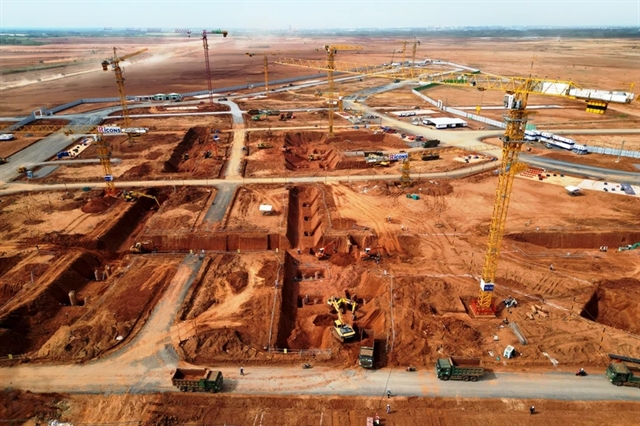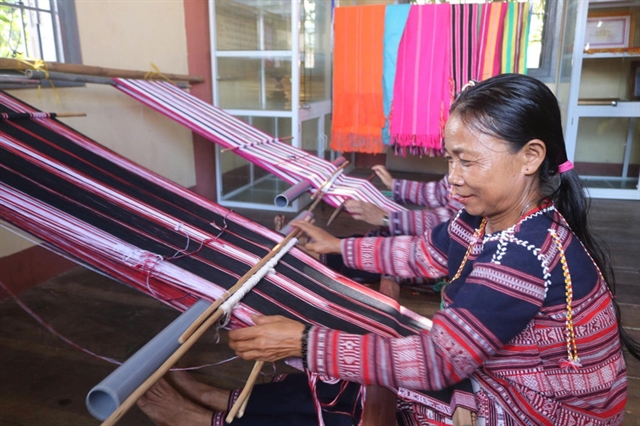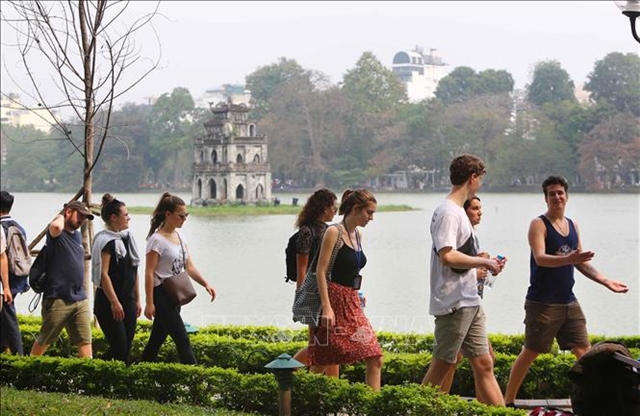 Society
Society


|
| Long Thành Airport's construction site. VNA/VNS Photo |
HCM CITY In response to concerns about Long Thành Airport lacking an underground railway station, the Airports Corporation of Việt Nam (ACV) asserts that the construction structures do not impact each other, and there is a plan to connect the facilities to ensure convenient passenger movement between the railway station and the passenger terminal.
In the approved plan, both the North-South High-Speed Railway and the Thủ Thiêm-Long Thành light railway follow the inner port axis of Long Thành International Airport. In phase 1 of the airport construction, no structures from this plan were implemented. The ACV has designated vacant land for future railway track and station construction according to the plan. Passenger terminals T1, T2, T3, T4, and other projects like parking lots are situated outside and on both sides of this inner port traffic axis.
The ongoing High-Speed Railway project, spearheaded by the Transportation Design and Engineering Corporation (TEDI), envisions an underground railway station located within the central axis area. Positioned 220m in front of and towards Passenger Terminal 1 of Long Thành International Airport, the station will be situated 35m away from the T1 parking lot, according to the proposed feasibility study.
Upon operation, the railway station will be linked by a pedestrian bridge system, ensuring convenient passenger movement from Passenger Terminal 1 through the T1 parking lot, establishing a seamless connection to the railway station.
Leaders of the Airports Corporation of Việt Nam (ACV) affirm the independence of Passenger Terminal 1 of Long Thành International Airport and the high-speed and light railway stations in terms of location. This independence ensures that construction structures do not interfere with each other, and there is a plan to connect these facilities, ensuring convenient passenger connection from railway stations to the passenger terminal without affecting the foundation piles of the terminal.
Considering the design and construction progress of each item, the ACV states that the integration of technical systems such as electricity, water and communication will be part of the overall technical infrastructure of the airport.
It is essential to highlight that, based on research, the Thủ Thiêm-Long Thành light railway spans 37.35km, featuring 20 stations. This includes an 11.8km section passing through Hồ Chí Minh City and a 25.55km section through Đồng Nai province. The Thủ Thiêm Station (Thủ Đức city) serves as the starting point, and the Long Thành International Airport Station (Đồng Nai province) serves as the endpoint.
Expected project investment is VNĐ 40.5 trillion (US$1.6 billion). Primarily designed for passenger transportation between HCMC centre and Long Thành International Airport, the railway is set to operate at a maximum speed of 80 kph, with an operational speed of 60 kph. The Ministry of Transport aims to invest in the railway project by 2025, with implementation scheduled for 2025-2030.
During an on-site inspection of the Long Thành International Airport construction on February 13, Prime Minister Phạm Minh Chính stressed the importance of meeting project deadlines. He outlined the accelerated timeline, targeting completion in the first six months of 2026, following the start-up period in 2022-2023. The Prime Minister urged efforts to shorten the additional time by 3 to 6 months to compensate for any delays. He initiated a competition to achieve the deadline by April 30, 2025, marking the 50th anniversary of Việt Nam's reunification day. VNS




